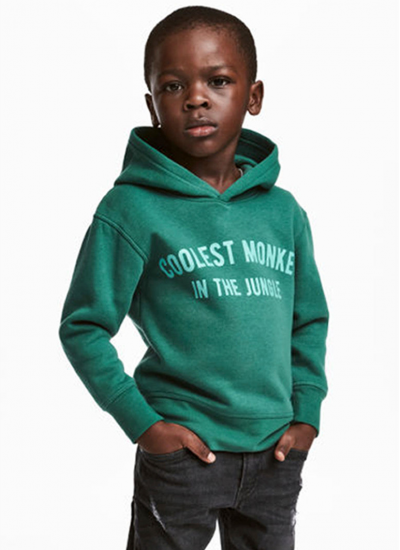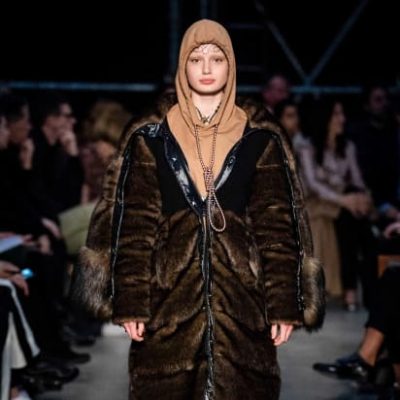In the age of social media, the old saying that “there is no such thing as bad news” is never more wrong. Cultural and ethical insensitivity is called
In the age of social media, the old saying that “there is no such thing as bad news” is never more wrong. Cultural and ethical insensitivity is called out quicker than ever before on a tsunami of Social Media – and retailers and fashion brands must act faster when they get it wrong.
Younger consumers especially, rely on social influencers, word of mouth and social validity to decide what they think is in fashion and negativity and brand damage spreads fast. Fashion is an industry where there is pressure to deliver something new every season. But should this be at the expense of values important to the masses?
Product recalls can suggest some brands may be out of touch, with stock wasted. There are international market nuances and a younger luxury customer with no issue on calling out what they see as inappropriate which can start a brand trending for the wrong reasons.
Social media has given a platform for mass protest, and as we have seen with the rising of vitriol against fast fashion which is resulting in a cultural change in the way brands produce and market themselves. “Cancel culture” is growing, with young consumers swayed which damages sales and causes irreparable brand damage.
Brands who have caused offence
Offensive fashion has a place in marketing as shock culture, but clothing brands are now undertaking social awareness clearance searches before mass-producing garments. Some big-name brands have had PR disasters and swift embarrassing recalls including Gucci, Burberry, Prada, and Louis Vuitton. It’s strange to think the designs that so many find racist get approved and perhaps it’s a lack of cultural diversity within the organisational hierarchy. Prada, Katy Perry and Gucci have all had to withdraw products after comparisons to blackface. Here are some other misguided design choices:
H&M
The retailer caused uproar when it advertised featured a black child modelling a hoodie with the phrase “coolest monkey in the jungle”.

Zara
The fast-fashion chain has offended multiple times in it’s quest to be standout. A handbag featured 4 swastikas, a striped t-shirt with a yellow star that looked like a holocaust prison uniform, and a t-shirt with the slogan “white is the new black”.
Burberry
The UK Fashion House hit the headlines during London Fashion Week when their nautical theme was mistaken for promoting suicide. Judge for yourselves, but with this never intending to launch we can’t help but feel it was a publicity stunt.

Brands who have improved their reputation
Burberry are a great example of a company who have benefitted from the use of a Public Relations agency who specialise in luxury brands. Their trademark and iconic tan, red and black tartan check was associated with football hooligans and chav culture, they worked hard to reinvent their image under creative director Riccardo Tisci.
The British heritage label introduced a new logo, raised prices to be on par with their luxury competitors. These previously low price points enabled the brand to be accessible, and they also pulled out of all but the most exclusive retail stores to ensure their route to market with only through the right channels. It was textbook luxury brand repositioning, and they were not alone, with Prada, Fendi, Dior, and Gucci working hard to be associated as an elite clothing brand once again.
They also used a PR campaign heavy with reinvention by using a solid digital marketing strategy by combining use of celebrity influencers like Rhianna and improved social media presence. The end result does mean that you see less Burberry on the street, but the association is now firmly with high-end fashion rather than the football terraces.



















































































































COMMENTS